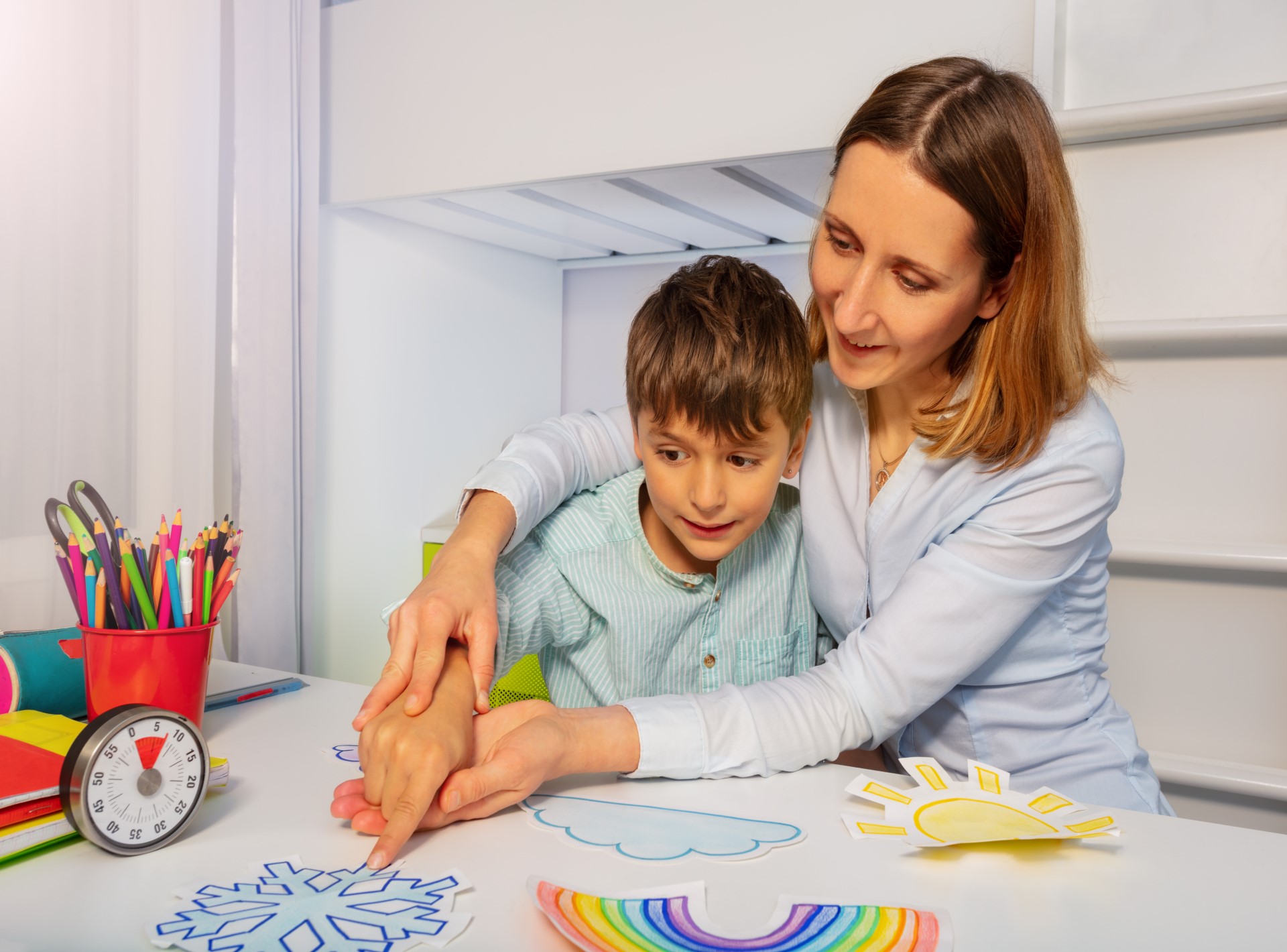 The draft of Australia’s first national guideline for supporting autistic children and their families has been downloaded more than 2,500 times since it was released for public feedback on July 18th.
The draft of Australia’s first national guideline for supporting autistic children and their families has been downloaded more than 2,500 times since it was released for public feedback on July 18th.
Autism CRC said there had been a fantastic response to the draft release, “with lots of positive reactions”, and is encouraging all members of the autism community to provide feedback during the consultation period, which closes at 5pm (AEST) on August 29.
The final document is scheduled for release in October.
Professor Andrew Whitehouse, Autism CRC’s Research Strategy Director and Co-Chair of the Guideline Group, said the draft was based on consultation with more than 700 community members and represented a critical step forward in the support of autistic children in Australia.
“Up to this point, Australia has not had a national guideline in this area… there is no authoritative document that defines evidence-based best practice for autism,” Professor Whitehouse said.
“This guideline was developed with the aim of helping all autistic children and their families in Australia receive safe, effective and desirable supports.”
He explained that the incidence of autism grew rapidly through the 1990’s and 2000’s, from a rare condition to one that is diagnosed relatively often.
“During this time, there was a great deal of research which started to reshape our understanding of what evidence-based practice in this field is,” Professor Whitehouse said.
The 84 Recommendations in the guideline were developed within an evidence-based practice framework, combining the best available research evidence with insights from some 30 years of clinical practice, and the preferences and priorities of children and their families.
Specifically, the document built on the CRC’s landmark report from November 2020, Interventions for children on the autism spectrum: A synthesis of research evidence – the most comprehensive review of the evidence for autism supports ever compiled in Australia.
These supports are typically non-pharmacological and their provision during childhood can help autistic children acquire skills, increase child and family wellbeing, minimise environmental barriers, and maximise each child’s participation in life activities.
“This guideline is the first time that evidence has been distilled into a series of clinical recommendations that can guide clinical practice in Australia,” Professor Whitehouse said.
“It is a landmark document for Australia and will play a key role in shaping how clinical practice is delivered across the country.”
Guideline Co-Chair Associate Professor David Trembath said the recommendations, if implemented, would ensure a clear framework through which autism practices and standards were regulated in Australia and encouraged the community to have their say.
“This guideline will empower families to make informed decisions around how best to support their child, [and] the Autism CRC warmly welcomes feedback from the autistic and autism communities,” Associate Professor Trembath said.
Professor Whitehouse also noted that many associated issues, such as education, were beyond the document’s scope – an important point for families looking at how the recommendations could translate into practical supports which children can access.
“The guideline has defined what good clinical practice looks like,” Professor Whitehouse said.
“It is now up to systems – such as the Health Departments and the NDIS – to determine how they implement the clinical recommendations.”
The draft document is available for review at: www.autismcrc.com.au/supporting-children

